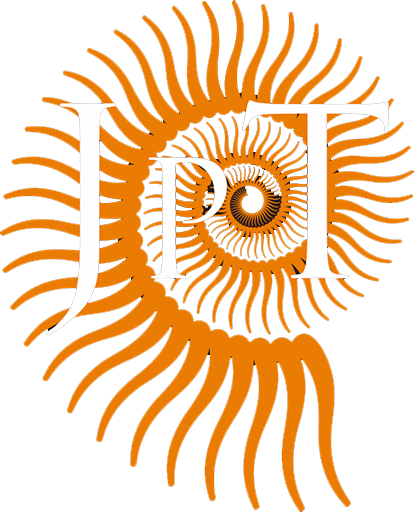JPT No. 3 – Stone-splitters and expansive demolition agents in vertebrate paleontological excavations
Mateus, O. and Araújo, R.
CICEGe, Faculdade de Ciências e Tecnologia, Universidade Nova de Lisboa, Quinta da Torre, P-2829-516 Caparica, PORTUGAL; and Museu da Lourinhã, Rua João Luis de Moura, 2530-157 Lourinhã, Portugal; omateus@fct.unl.pt and paradoxides@gmail.com
ABSTRACT
Two techniques (stone-splitters and demolition agents) are revealed to be efficient methods for breaking large stone blocks in extreme paleontological excavation. In certain conditions – where security factors, permission issues, terrain conditions, rock properties are problematic – the traditional methods for breaking large rock blocks cannot be applied (e.g. crane trucks or explosives). Using an expansive demolition agent or stone-splitters after drilling equidistant holes not only allows a cheap, quick and safe solution but also permits precise removal of up to 9 ton blocks.
Stone-splitters are a three-part tool that when inserted linearly and equidistantly along a brittle rock mass cause a precise fracture.
INTRODUCTION
Some paleontological excavations require the removal of massive overburden composed of hard rock bodies. Collecting in such conditions often requires the use of explosives (that could damage the fossils) or heavy machinery. Moreover, explosives and heavy machinery (e.g. bulldozers, crane trucks) may not be a solution due to security factors, permission issues, terrain conditions, and rock properties. On the one hand, crane trucks are not always able to access the fossil sites and explosives are also avoided due to high accident risk, the need of specific training, requirement of formal permissions, and the danger of damaging the fossils. Due to several constraints, some rocks and layers have to be removed by hand, using a pneumatic or electric jackhammer, which is time-consuming, causes rapid equipment deterioration, and is physically exhausting.
